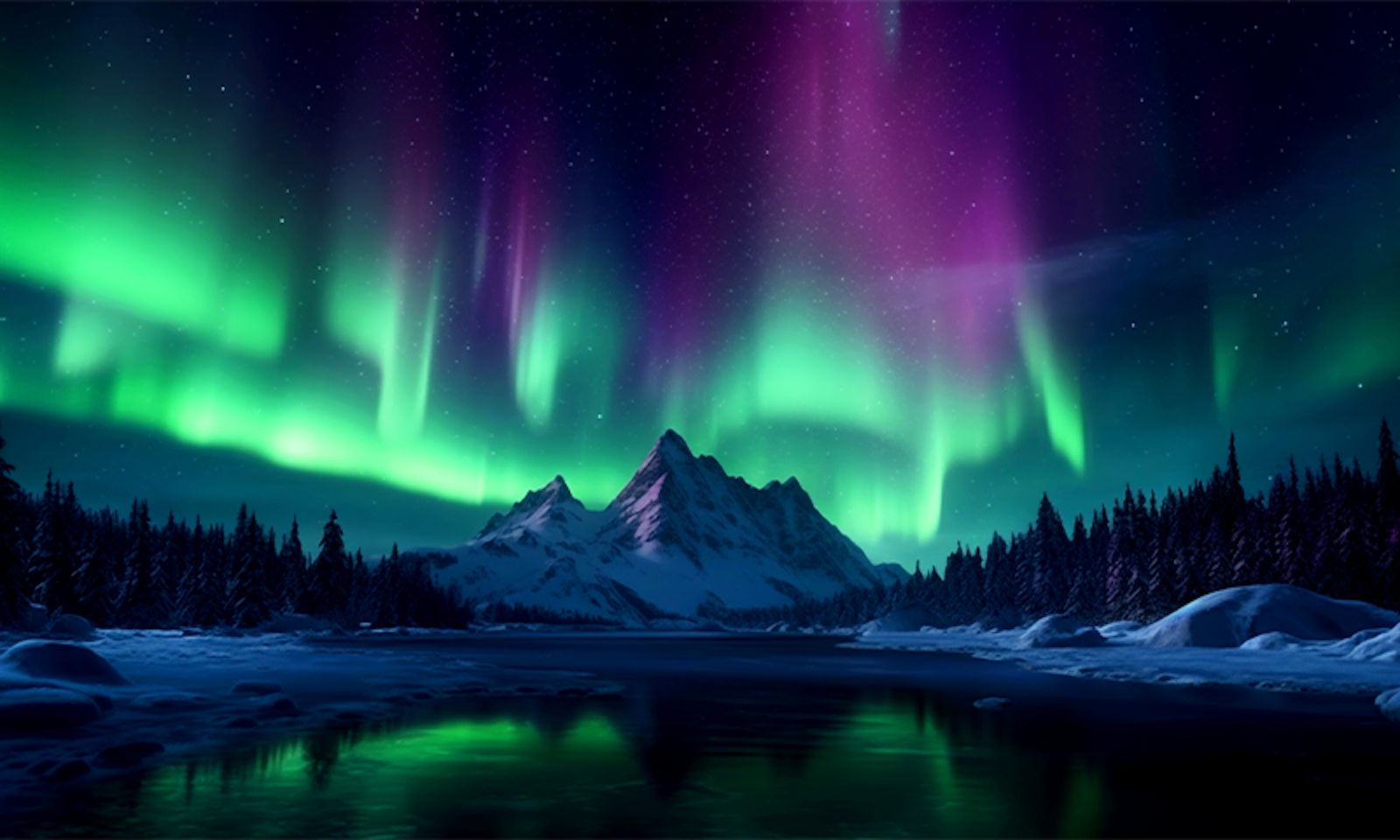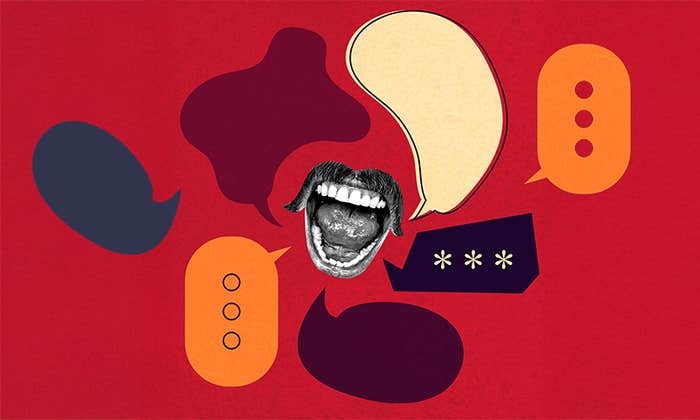Old stories about the Northern Lights, or aurora borealis, show the full play of human imagination at work across the sky. In Greenland some said the lights were the spirits of children who had died at birth but were now dancing in the heavens. Others said they were made by spirits playing ball with the skull of a walrus—or by walrus spirits kicking around human skulls. To the Algonquin people of eastern Canada, the lights were the reflection of fires lit by their creator, Nanabozho, to remind them that they are in his thoughts. In Finland they are still known as “fox fires” after a mythical fox whose tail sparks colorful flames in the sky as he runs across a snowy landscape.
According to legend, if you return the whistle the light might come nearer and even dance for you.
A scientific account of auroras links our imaginations to the vastness of space and the irreducible strangeness of matter. They occur when charged particles of the solar wind streaming across tens of millions of miles of empty space from the sun are drawn down along the lines of the Earth’s magnetic field where it is nearly vertical at the poles. Here, 100 kilometers (62 miles) or so above our heads, the particles excite air molecules which then shed their excess energy in the form of light: green or red for oxygen, blue or purple for nitrogen.
More puzzling are reports of the aurora making sounds. The explorer Knud Rasmussen wrote in the early 20th century that the Inuit sometimes heard whistling, rustling, and other sounds as it played across the sky. According to their legends, he added, if you returned the whistle the light might come nearer and even dance for you. Some Europeans reported hearing the noises, too. In an account of travels in Lapland published in 1827, the naturalist Sir Arthur de Capell Brooke described one such occasion. “The lights were … very bright and exceptionally fast in motion … The night was perfectly calm and quiet and I thought I heard a crackling sound … coming from [their] direction.” Other accounts over the years compare the noise to the swish or rustle of a silken skirt, the sizzle of bacon in a hot pan, a flock of birds, and even to the crack of a rifle being fired.
For a long time many researchers dismissed these reports. Auroras occur far too high up for any sounds they might make to be audible on the ground, so there could be no sound. But in 1990 a young acoustic scientist had an experience that helped change that. Taking a break during a jazz festival in the far north of Finland, scientist Unto Laine and a friend stepped out into the cold night air. In the remote location and with no wind they expected almost complete silence, but instead heard a hissing noise above their heads that seemed to fluctuate with the movements of an aurora.
Laine half-forgot the experience but when he returned to the festival in 1999 and heard the same sounds again, he decided to investigate. After dozens more observations, and after making the first recording of the elusive sounds in 2012, Laine thinks he can explain what is going on. The noise that can be heard on the ground, he says, is caused by a corona discharge—the same phenomenon that can create a blue glow around high-voltage electrical equipment such as a power line, and which is sometimes accompanied by a buzzing sound.
To generate the voltages required, high positive and negative charges must accumulate close to each other. Laine reckons this can happen above our heads on unusually cold evenings when the frozen ground cools the air immediately above it. The cold air becomes trapped under a layer of warm air a few hundred meters up at the base of what is known as the inversion layer. Negative ions close to the ground rise up to this layer, but do not rise above it. Meanwhile, positive ions settle on its upper surface. This electric potential, already significant, is increased further by the aurora, says Laine, to the point where a sudden discharge happens, producing ultraviolet radiation, magnetic field pulses, and sounds. All this is happening just a few tens or hundreds of meters above our heads—far below the visible aurora itself.
The sounds, which Laine describes as crackles and muffled bangs, only last for fractions of a second and are typically in the range of 20 to 40 decibels, or roughly the same volume as a human whisper. Occasionally, however, they can rise to around 60 decibels—as loud as ordinary speech a few meters away. They occur most often when a geomagnetic storm is particularly strong and the air close to the ground is still and very cold, but people often miss them, Laine tells me, because they are chatting or taking photos. “One has to listen very carefully to hear them and to distinguish them from the ambient noise,” he says.
The composer Sam Perkin has written a piece that portrays Laine’s quest and discovery. In “Alta for Two String Trios and Electronics,“ shimmering harmonies on the strings build slowly to a point when recordings of the auroral sounds break and crack over their surface like celestial percussion. The piece was first performed early in 2020 in the Northern Lights Cathedral in Alta, Norway—a building in which tall, slim, irregularly placed windows light up the wall behind the altar in a way that resembles the aurora. The Northern Lights—“the drum taps of a solar storm upon the Earth”—were echoed in both architecture and music.
Others, meanwhile, explore the sound worlds that can be created when the soundless electromagnetic waves of the aurora itself are transformed through a synthesizer into analogues that we can hear. The results resemble whistling whales, calling frogs, and the twittering of strange birds. “When they’re very prominent, you’ll hear this sweeping frequency from high to low or low to high,” says the sound artist Matthew Burtner, who has used the sounds to create a piece titled “Auroras.” “You really feel like you’re in touch with the solar system.” ![]()
This excerpt is the second in a four-part series adapted from excerpts of Caspar Henderson’s Book of Noises: Notes on the Auraculous. You can find the first one here. Look for the next one next week.
Reprinted with permission from A Book of Noises: Notes on the Auraculous by Caspar Henderson, published by the University of Chicago Press. © 2023 by Caspar Henderson. All rights reserved.
Lead image: dioeye / Shutterstock




























